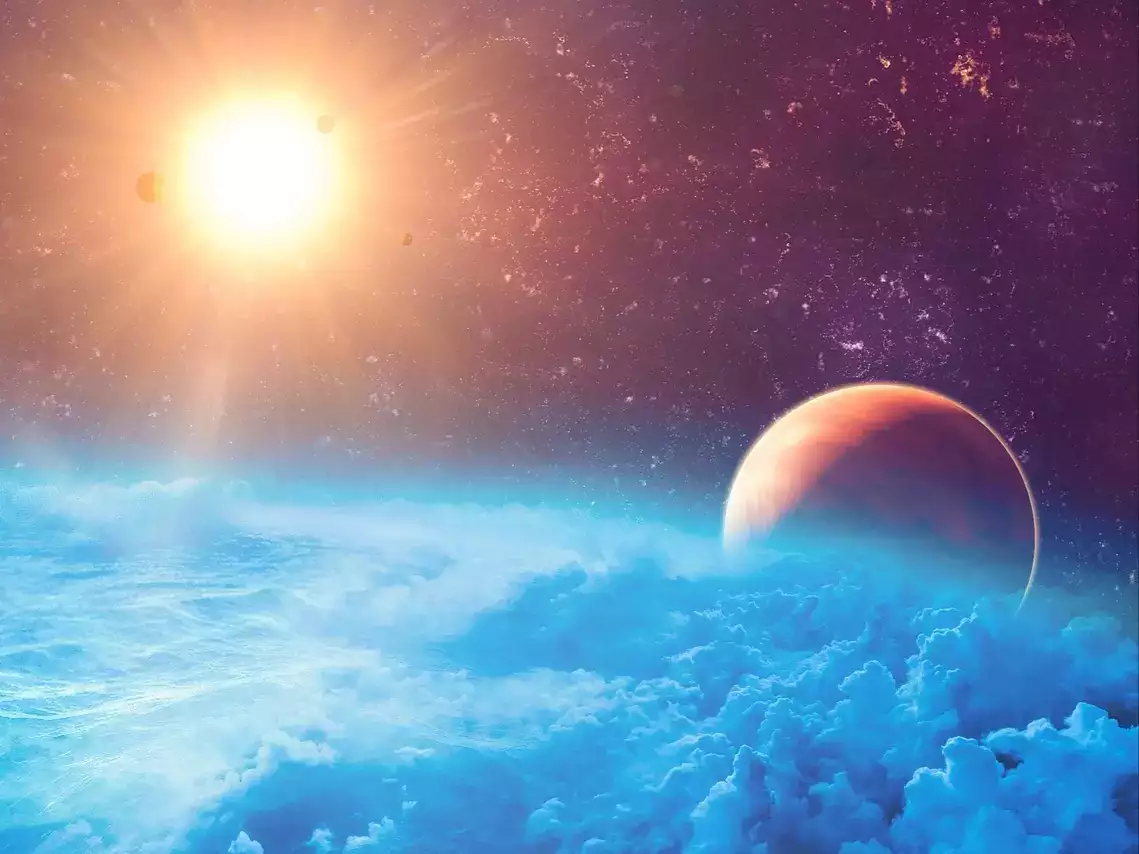Astronomers have made a groundbreaking discovery, identifying a planet orbiting an ultracool dwarf star that is over 13 times the mass of Earth. The star, known as LHS 3154, is just nine times less massive than the Sun. This finding challenges current models and marks the most substantial planet ever found closely orbiting an ultracool dwarf star.
The revelation raises questions about planet formation, as current theories suggest that planets originate from the remnants of gas and dust left after star formation. However, the planet-forming disk around LHS 3154 is not expected to possess enough solid mass to generate a planet as massive as the newly discovered planet, LHS 3154b. This implies the existence of other, unknown processes that can lead to the development of massive planets around low-mass stars.
The planet, named LHS 3154b, was identified using the Habitable Zone Planet Finder (HPF), an astronomical spectrograph designed to detect planets with potentially liquid water orbiting the coolest stars beyond our solar system. Due to the lower temperatures of ultracool stars, liquid-carrying planets can orbit much closer than our Sun would allow for Earth, making interactions between the star and planet more accessible for scientists to observe.
Megan Delamer, a co-author of the study, expressed excitement about the discovery, noting that objects like the newly discovered planet are likely extremely rare. This finding challenges existing theories of planet formation and opens up new avenues of research in the field.

I have over 10 years of experience in the cryptocurrency industry and I have been on the list of the top authors on LinkedIn for the past 5 years.

